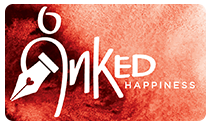
Old money is inheritance passed down generations, a class of people who have maintained their wealth over time. These are people, as opposed to the nouveau riche: those that have most likely come into money within their own generation. Old money reeks of class, a subtle refinement that quietly frowns upon the loud crassness of the usurpers, the just-arrived, and the wannabes.
Old money can often be spotted from miles afar by the subtle sartorial elegance, of aristocratic undertones that, like wealth, whispers: as opposed to mere money that screams. While this is not the place to talk style, the Patek Philippe discreetly tucked under the tailored sleeves is a giveaway, as is the ubiquitous fountain pen that adds just that element of mystique as it unobtrusively peeps out of the shirt pocket.
No. They do not, I repeat, do not carry ball pens – not even diamond-encrusted designer pieces. It is always a fountain pen– a legacy pen that is as rich with provenance as the person holding it is, with lineage. And here too there are qualifiers. It is very seldom a Mont Blanc. The brand has come too far from the time when its flagship was the Masterpiece; has diversified into too many products and these days far too many poseurs carry replicas. As for the Limited-Edition pieces that are impeccably crafted by this brand, they do not really qualify as old money accessories, being more valued as collectibles than writing pieces and being of relatively recent origin.
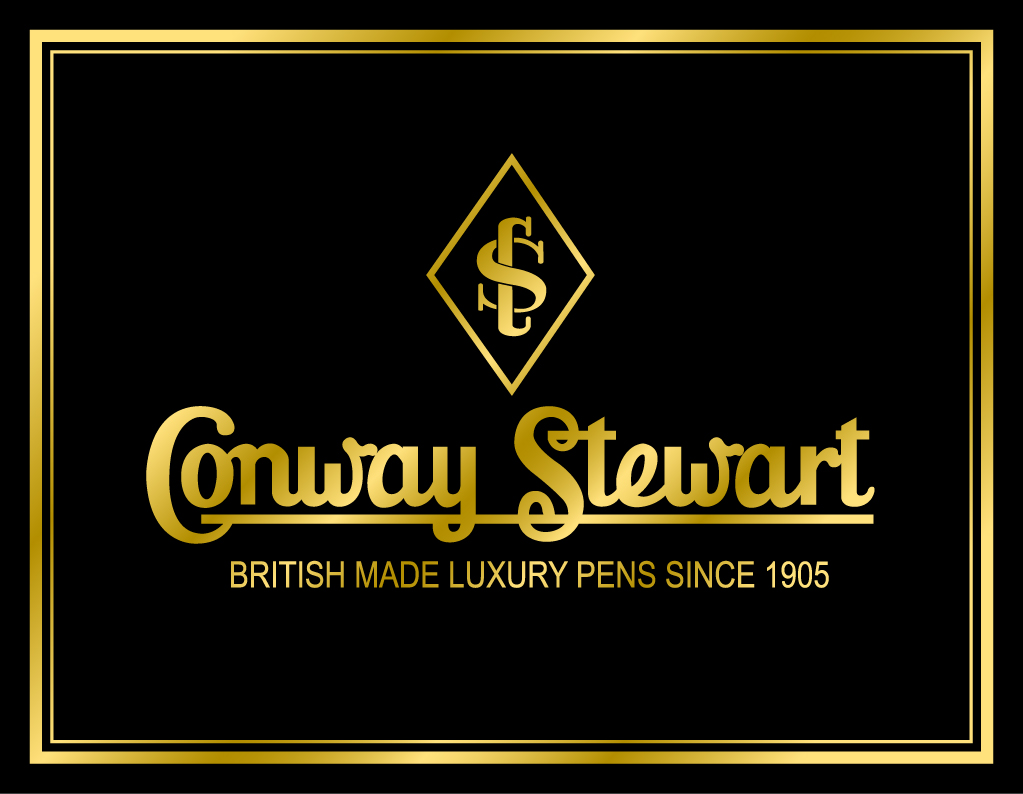
British brands, like Onoto or for that matter, Conway Stewart– with pieces dedicated to Winston Churchill or Commander Bond, on the other hand, slip smoothly into place. These chunky monstrosities in shiny black with just the right amount of metallic accents have impeccable dark academia credentials. These are pieces that have waxed eloquently about Flanders or may have once been the chosen writer of a dear departed uncle when he was an Oxford Don.
Old Money is Pukka, and there is hardly any pen that can dwell it out with the stiff upper lip of the Conway Stewart. Founded in 1905 by Frank Jarvis and Tommy Garner, Conway Stewart has a rich history in crafting exquisite writing instruments that celebrate the art of penmanship and inspire creativity across generations. “As a symbol of elegance, sophistication, and British heritage, we are committed to delivering exceptional quality, innovation, and enduring value in every pen we create.”
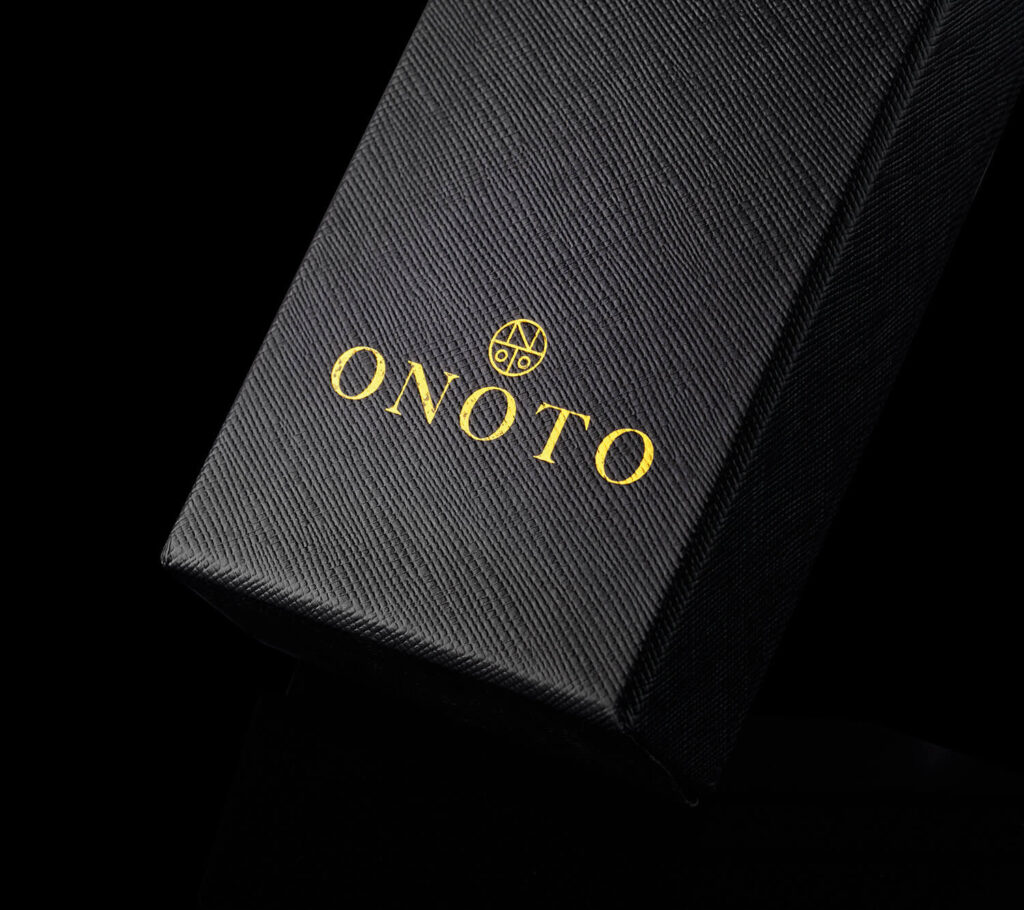
Growing up in the 80s in India we were exposed to a breed of businessmen adept at “managing the environment”, that is, they knew how to slither through the cracks in the license-permit-quota raj for maximising their vested interests. The trademark of these gentlemen was their gabardine safari suits and the omnipresent set of golden Cross ball-point pens, not to mention the few strands of hair on their scalp, greased to a fault, balanced by an unkempt growth in their sideburns. These people were representative of the times that were – the farthest flung from the old money aesthetic, as it were. Little has changed since, except that the children of these people mostly have the snow-capped finial peeking out of their pockets nowadays.
The other perennial favorite of Old Money is the Pelikan M1000. Green barrelled and striated to boot. It is the largest pen in the Souveran range and comes with an 18-carat gold nib with rhodium decoration giving a two-tone finish. The metal trim of the pen is 24-carat gold plated. The striped barrel body of the M1000 is made from celluloid acetate which is a cotton derivative and each one is unique, much like wood has different knots and patterns. And signatures.
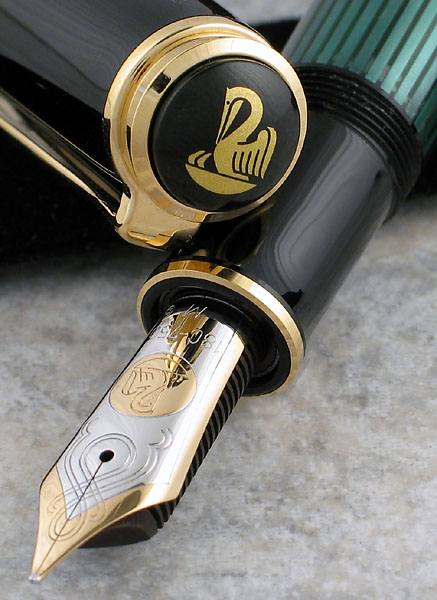
The M1000 has a partial brass internal mechanism, giving it a substantial weight – not something that the uninitiated can handle easily, let alone the fact that it cannot be brandished by people who are so rich that all they have is money. Pelikan, for the record, was founded in 1832.
The same elegance personified is a Namiki Emperor or a Nakaya handmade fountain pen from the land of the rising sun. Nakaya is the original name given to Platinum Pen Company when it was founded in 1919. The name itself is said to represent the utmost in quality. Nakaya does not make pens – their mission is to design a perfect pen for the hand of the beholder, and for that hand only. Each person writes differently and these bespoke works of art are aimed at heightening the user’s experience of enjoying the wonders and glories of fountain pen writing.
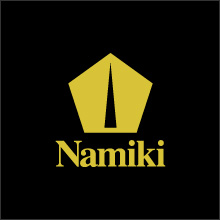

The Namiki Emperor with its jumbo nib (No 50, no less) is as ostentatiously old money as the Maki-e fountain pens created a hundred years ago that have now become museum pieces. These ebonite elixirs of life are as much the pinnacle of performance as they are of craftsmanship. “Not a panacea for the intellectual proletariat” as someone from the other side of the legacy-curtain had pointed out, once upon a time.
It is not about the money though. It is about class. About a love for the established order. A love that scoffs at the frivolous and the tinsel and refuses to attribute values in terms of money alone. And this is where Sulekha inks come in. Founded in 1934, Sulekha was born out of the fire of the struggle for India’s freedom, an ink made for the Father of the Nation to dip his nib into. In terms of legacy, it too is old money, even though it may not come as expensive as many of its peers in the market.
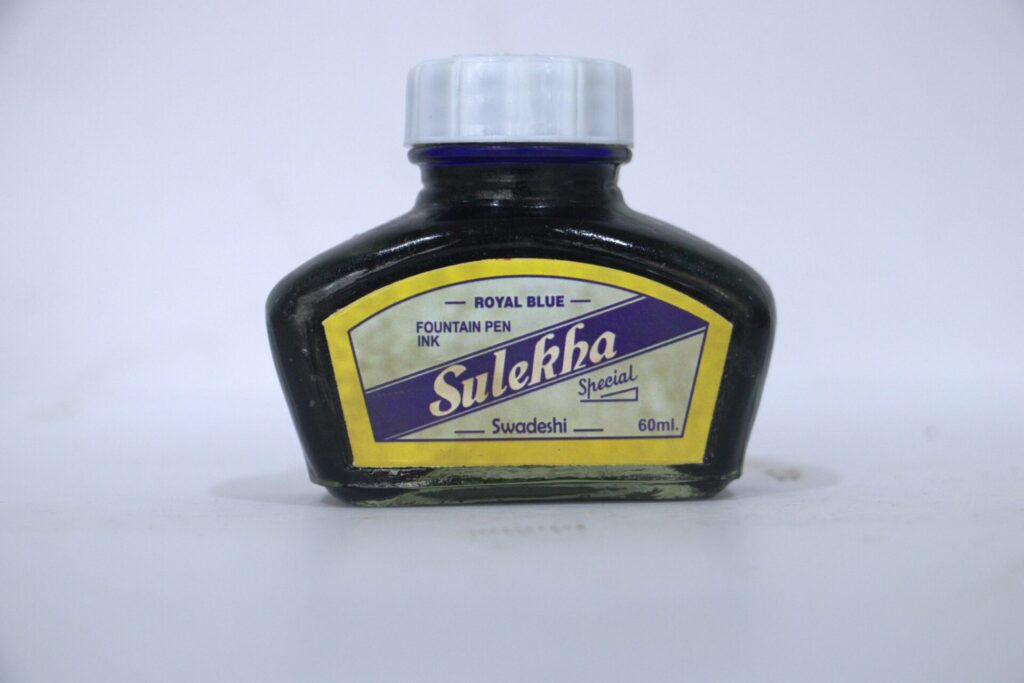
I know there are many more brands that deserve to be here, but I have been forced to leave them out for the sake of being brief. Do let me know if you want a sequel and who knows?
